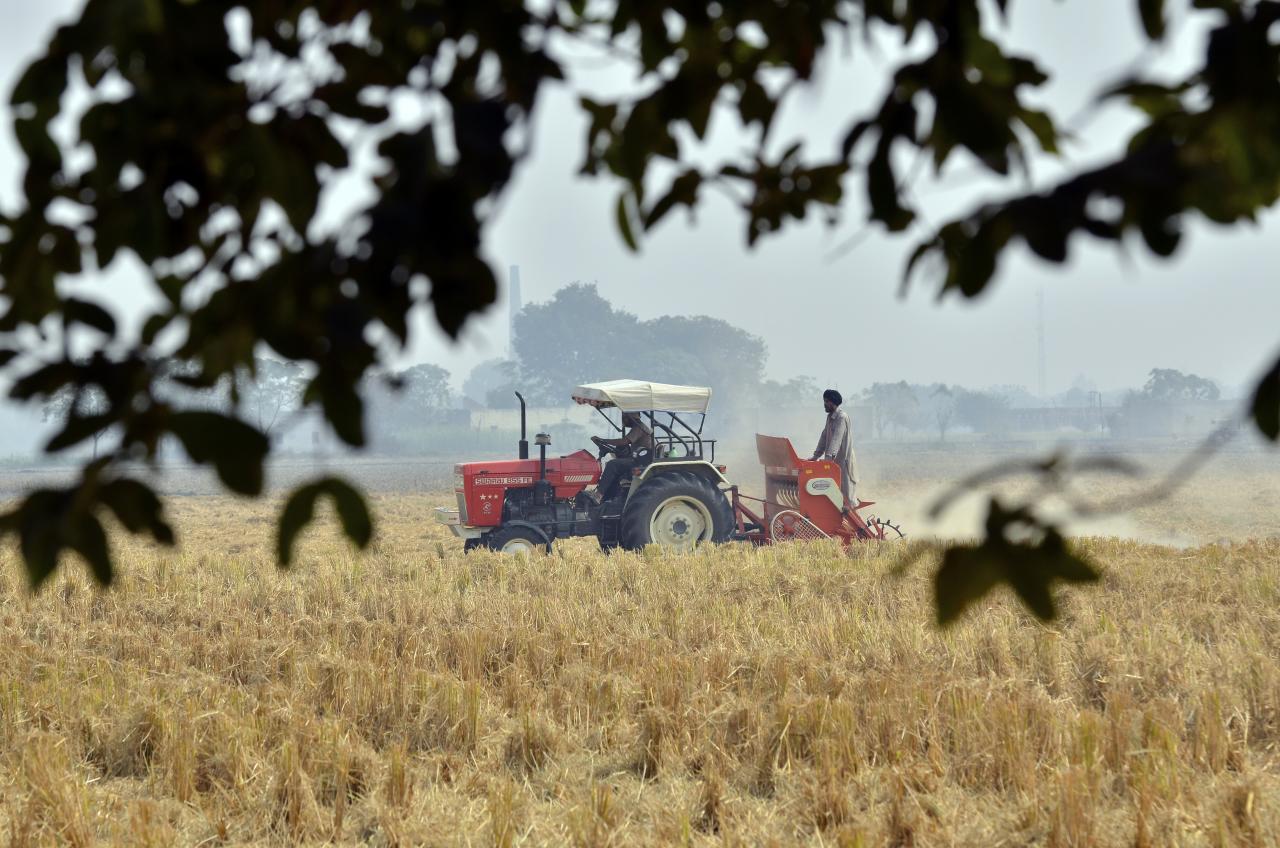
The wheat harvest in India will be 101-104 million tons, 10% less than official forecasts of 112.74 million tons, according to the Grain central network publication the message from the Federation of Indian Mills Grains of June 27.
Domestic consumption of wheat is about 108 million tons. The problem was compounded by the fact that the government overestimated the harvest and allowed the export of wheat. The export ban had to be introduced quickly.
The decline in yields is attributed to storm damage to crops in several key regions. In February and March, torrential rains and hail lashed the plains of northern, central and western India, wreaking havoc on ripening wheat.
Government purchases of wheat for the 2023 crop are expected to be 27 million tonnes, 20% less than the pre-harvest target of 34.15 million tonnes. Over the past ten years, the state has purchased an average of 31.5 million tons per season. Farmers are likely to hold back production in anticipation of rising prices, as was the case last year.
Domestic wheat prices in early June reached 24,900 Indian rupees (26,000 rubles) per tonne. To curb rising prices, the Indian government has limited the amount of wheat that traders and processors can store at one time. Food Minister Sanjeev Chopra said the first restrictions in 15 years will remain in place until the next wheat harvest in March 2024.
Wholesalers can store three thousand tons of wheat, retailers – 10 tons at each point of sale, but no more than 3000 tons at all points. Mills and processors can store up to 75% of their annual installed capacity.
Despite difficulties in the domestic market, the government approved Nepal’s request for 300,000 tonnes of wheat in the 2023-24 season in April. Requests through diplomatic channels and intergovernmental transactions are considered on a case-by-case basis.
The government confidently asserts that stocks are sufficient to meet domestic demand and that imports will not be required. At the same time, the Chairman of the State Food Corporation of India, Ashok Mina, said the import duty could be lowered if necessary. The government is considering various options to curb domestic grain prices, including a 40% reduction in the 40% import tariff on wheat, in effect since April 2019, Mina said.
Source: Rossa Primavera
I am Michael Melvin, an experienced news writer with a passion for uncovering stories and bringing them to the public. I have been working in the news industry for over five years now, and my work has been published on multiple websites. As an author at 24 News Reporters, I cover world section of current events stories that are both informative and captivating to read.
